Pilea Care: A Complete Guide to Growing This Plant Native to China
Pilea
The Pilea, native to China, is a popular houseplant known for its round, vibrant leaves. Discover how to care for and enjoy this charming plant in your home.
___________________________________________________________________________
Pilea Care:
Light:
Pilea prefers bright but indirect light. Place it near an east- or west-facing window to provide the right amount of light. Avoid direct sun exposure, as this can burn its delicate leaves.
Irrigation:
Keep the substrate slightly moist but avoid overwatering. Water when the top layer of the substrate is dry. Avoid waterlogging, as this can cause root rot.
Substratum:
Use a well-drained potting mix rich in organic matter. A mix of potting soil with perlite or sand will work well. Make sure the potting mix retains moisture but doesn't become too compacted.
Temperature:
Pilea prefers warm, stable temperatures, between 18°C and 24°C (65°F to 75°F). Avoid cold drafts and sudden temperature changes.
Humidity:
Pilea prefers a moderately humid environment. You can increase humidity by placing the pot on a saucer of pebbles and water, or by using a humidifier. Mist the leaves occasionally to maintain humidity.
Toxicity:
Pilea is non-toxic to animals, making it safe for dogs, cats, and other pets.
Additional:
Pilea is an easy plant to propagate. You can multiply it by leaf cuttings or by separating seedlings that grow around the mother plant.

___________________________________________________________________________
Common problems:
-
Yellowing leaves: Yellowing leaves on your Pilea plant can be a sign of overwatering or underwatering. Make sure to water it adequately, allowing the soil to dry slightly between waterings.
-
Fungal Diseases: Pilea can be susceptible to fungal diseases such as powdery mildew and gray mold. These diseases can cause leaf spotting and affect the plant's overall health. Maintain good airflow around the plant and avoid excess humidity to prevent fungal diseases.
-
Uneven growth problems: Some Pileas may exhibit uneven growth, with some shoots or stems growing faster than others. This can be caused by a lack of light or inadequate nutrition. Make sure to provide plenty of bright, indirect light and a balanced fertilizer to encourage even growth.
-
Pests: Some common pests that can affect Pilea are aphids and spider mites. Inspect the plant regularly and take appropriate pest control measures if an infestation occurs.




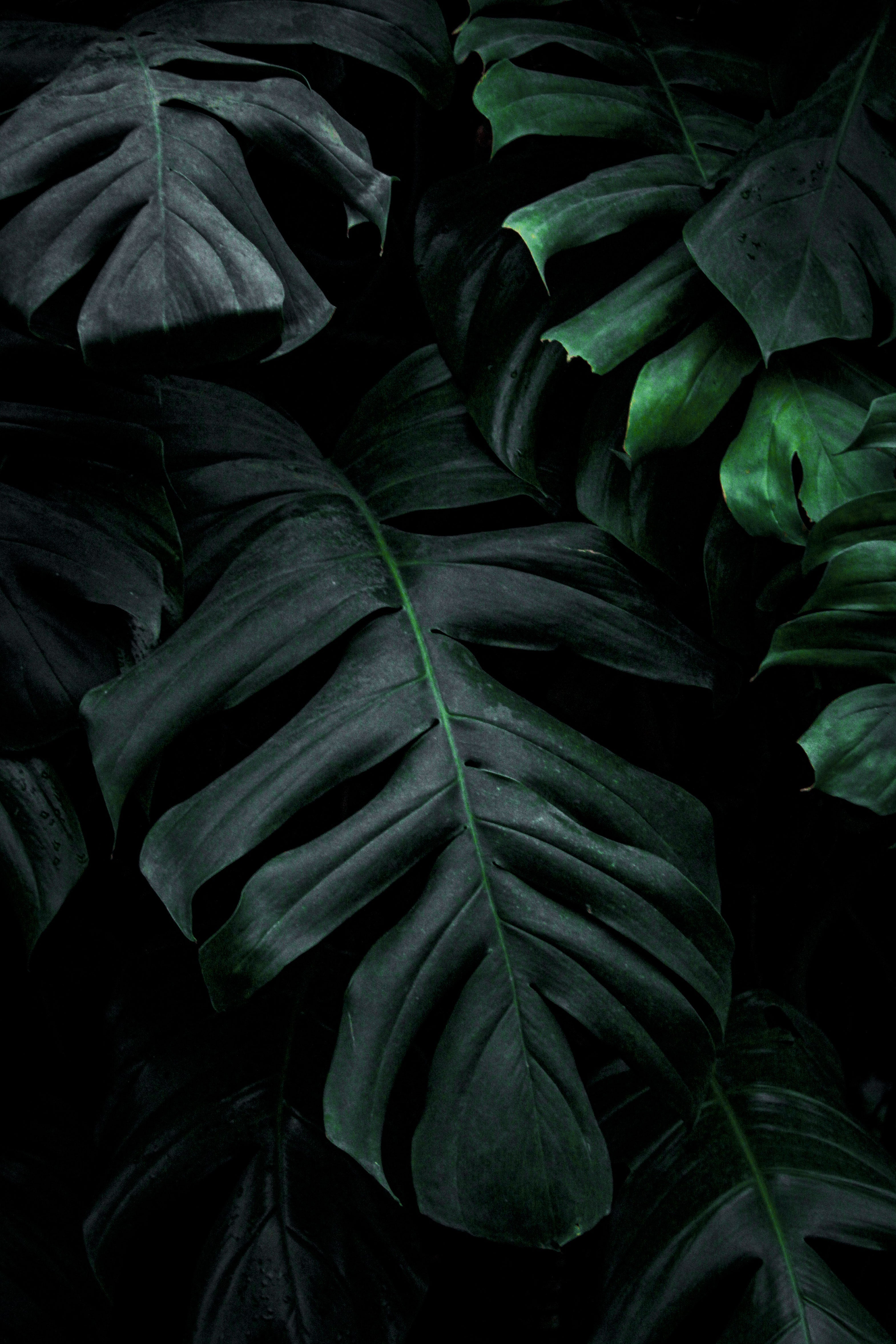
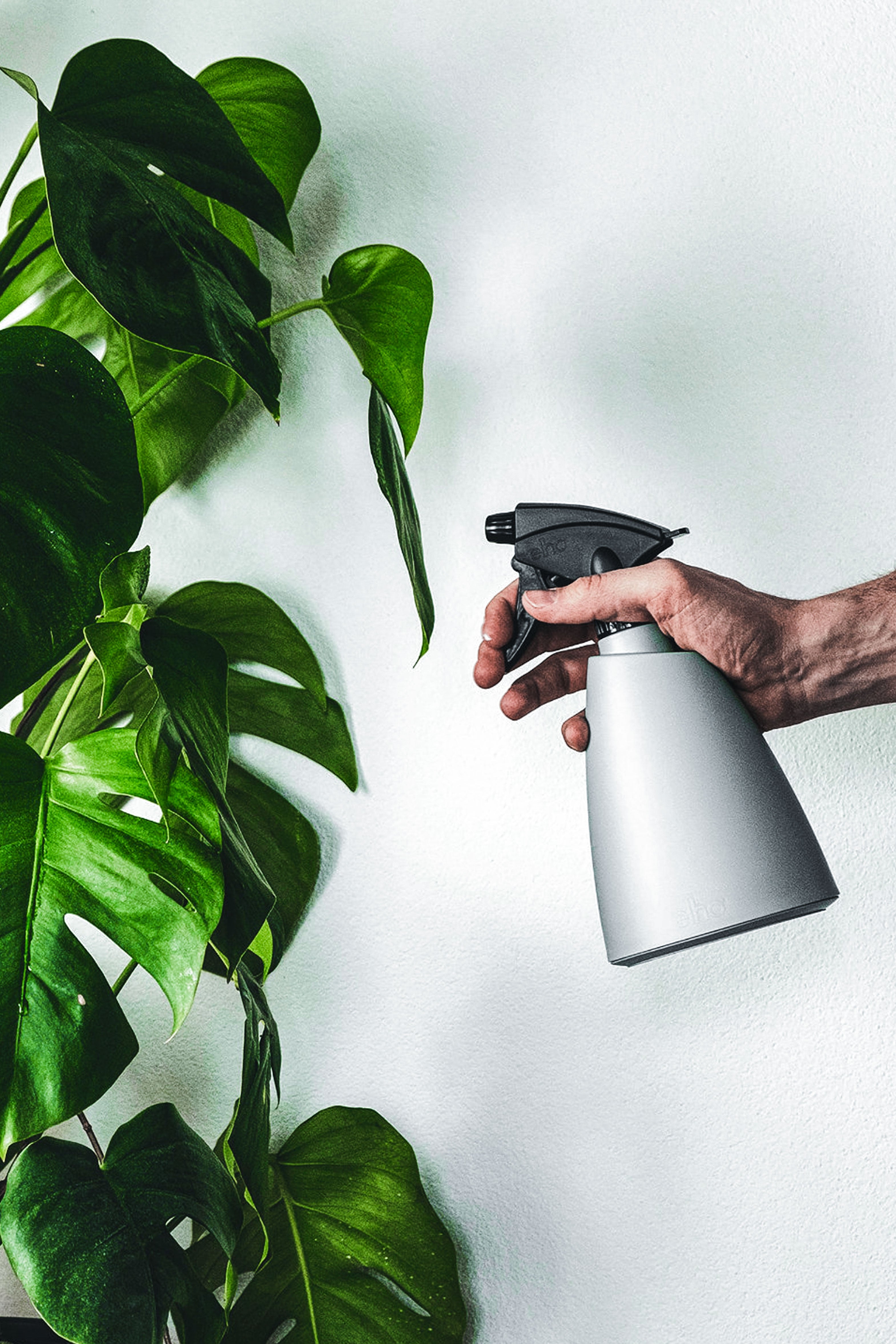
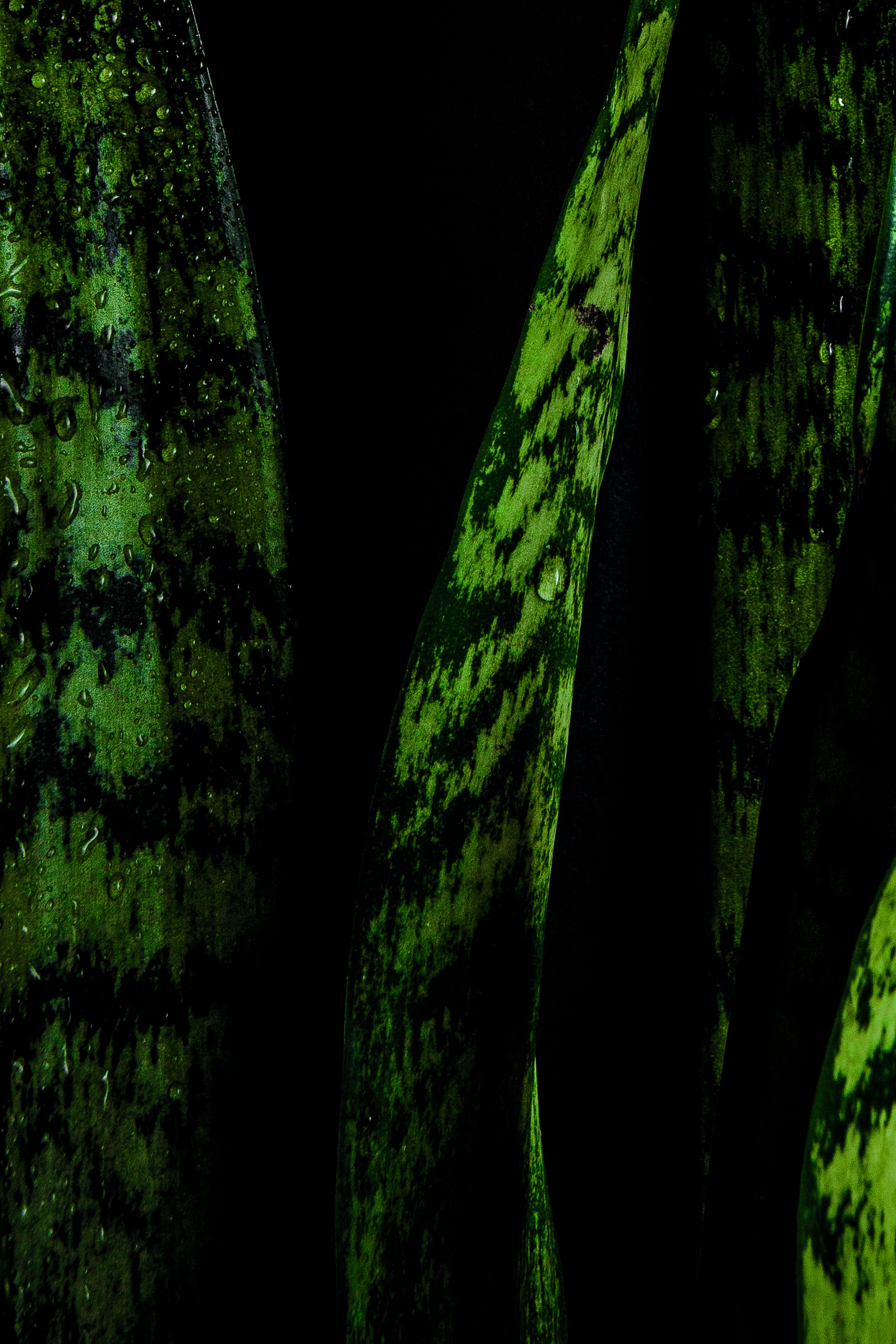
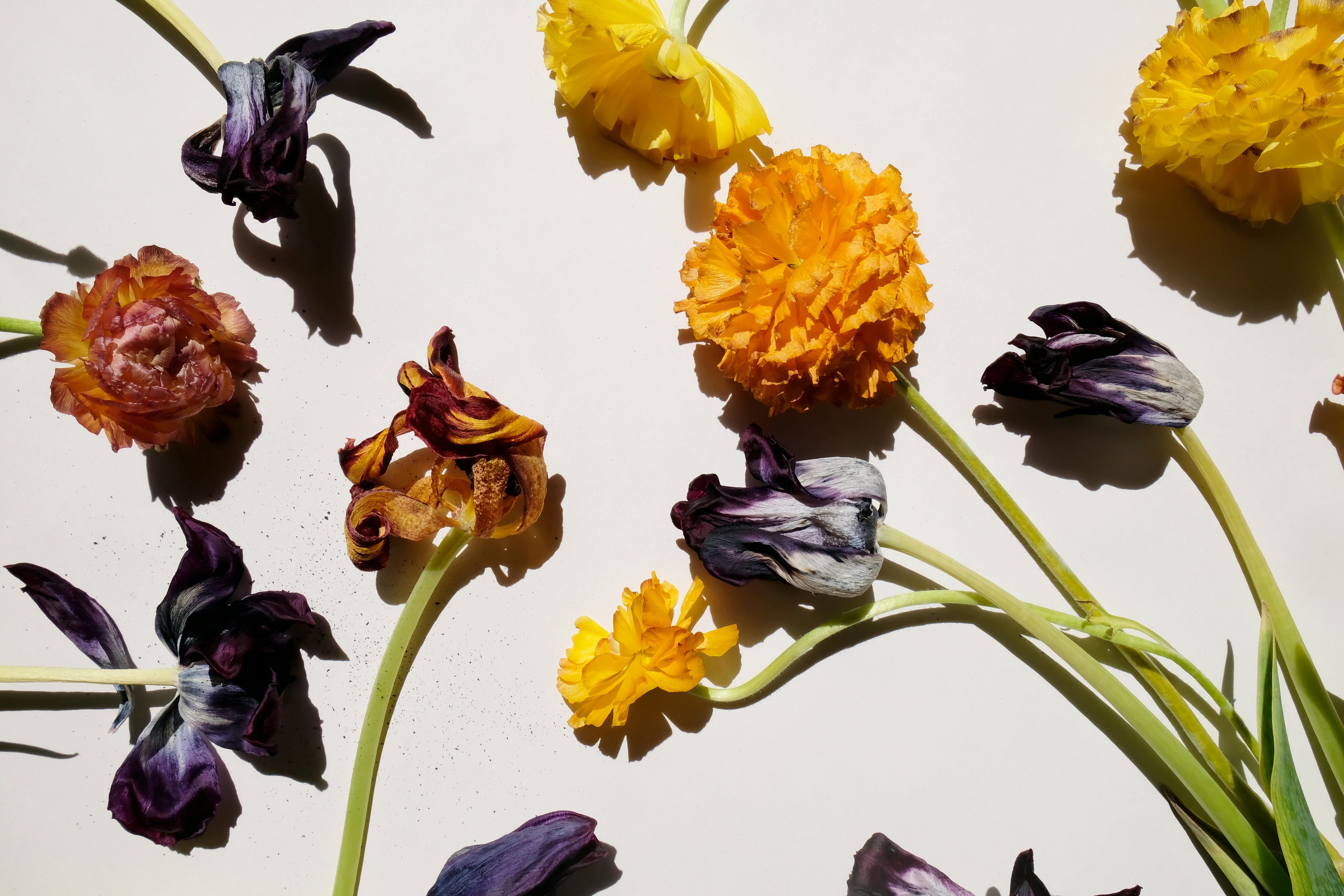
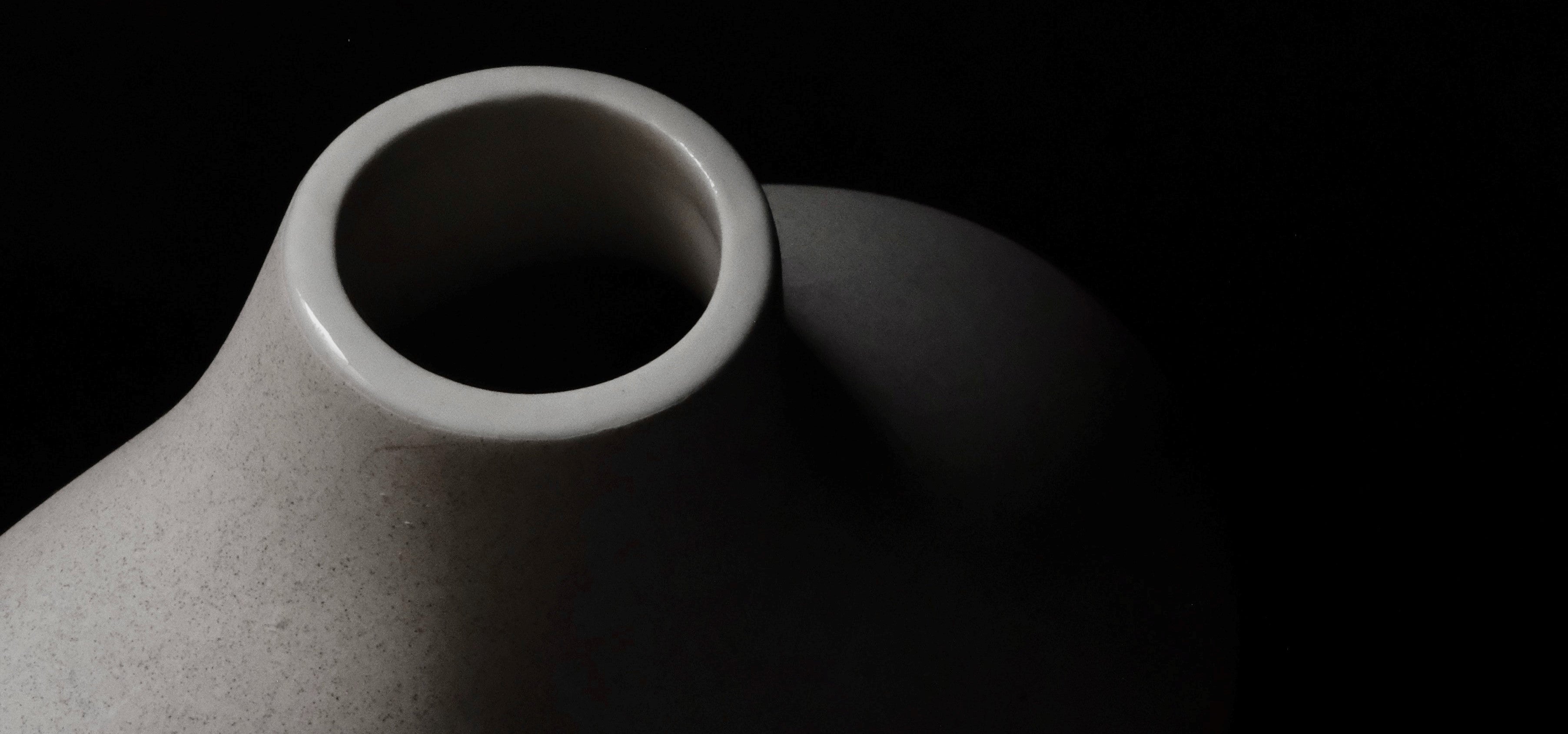
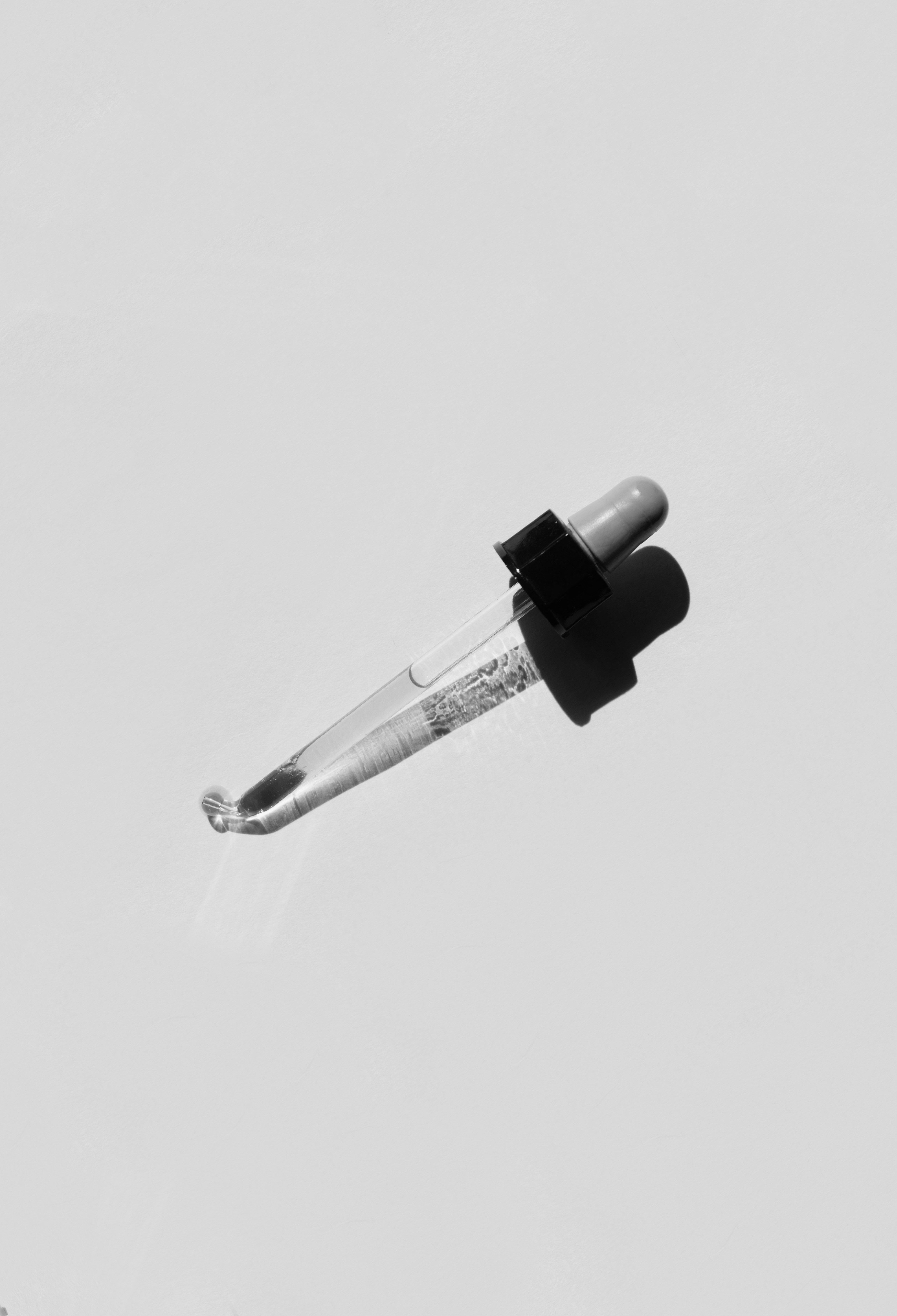
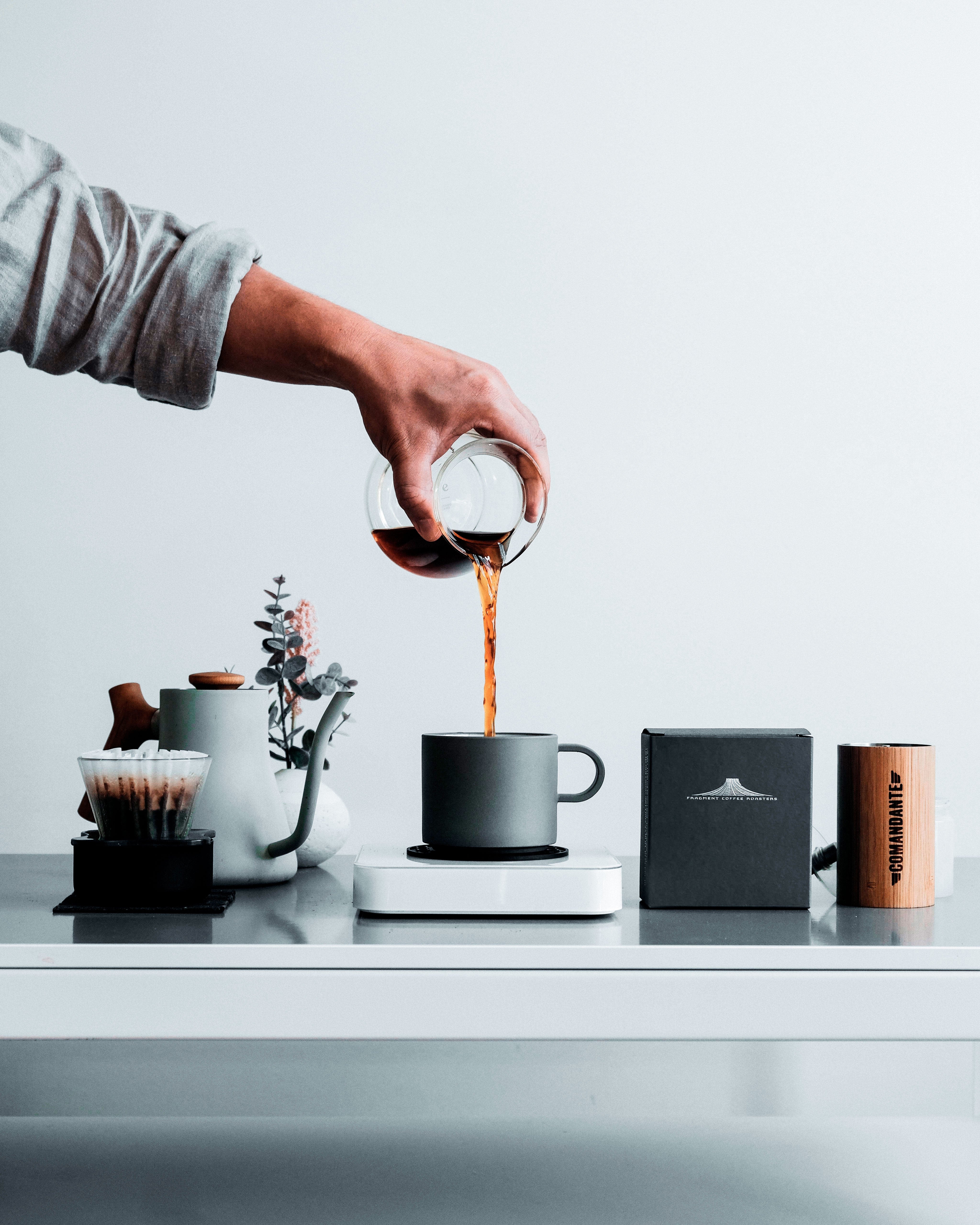
A minha não dá mudas só está crescendo um único caule, como resolver?
A minha não dá mudas só está crescendo um único caule, como resolver?
Gracias por tan buena información,un abrazo!
Leave a comment